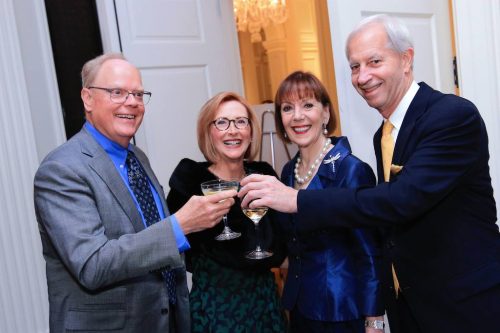BY ELIZABETH DUNLOP RICHTER
The Chicago History Museum’s handsome new exhibition, Modern by Design, was the special attraction for the elegant crowd celebrating the 70th anniversary of the Guild, the Museum’s oldest support group, dedicated to education, service, and fundraising. The recent event included a fascinating private tour of the exhibit led by Senior Curator Olivia Mahoney.
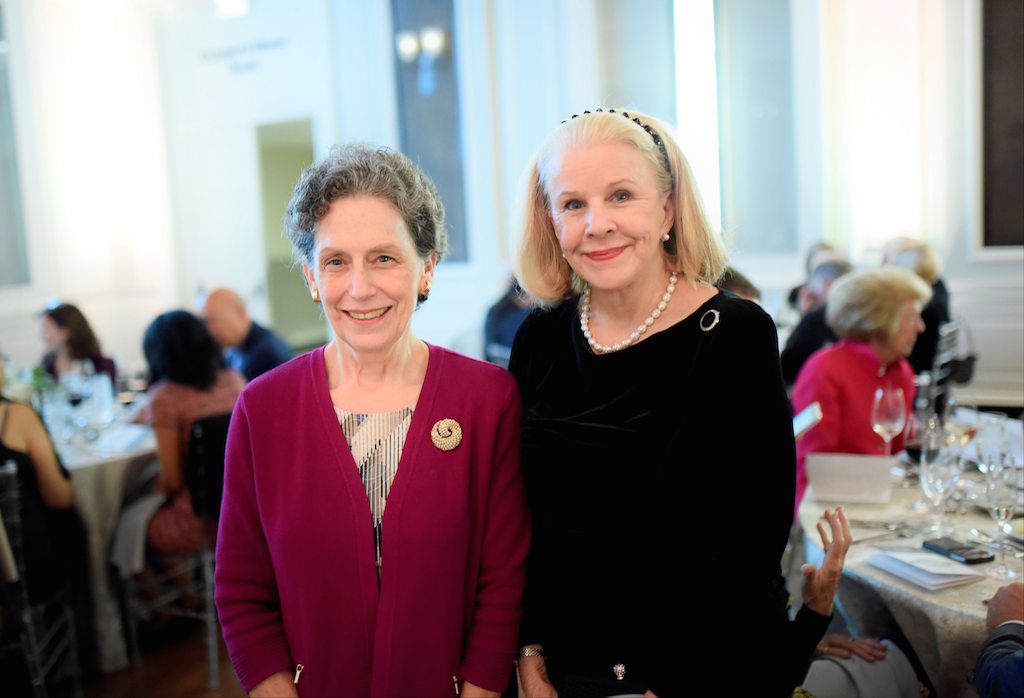
Senior Curator Olivia Mahoney and former Guild President Peggy Snorf.
Mahoney pointed out the dramatic shift from the heavily ornamented Victorian style of the late 19th century to the streamlined aesthetic pioneered by the Bauhaus in Germany. In the midst of the Great Depression, modern design emerged to symbolize speed, energy, and optimism as Chicago became a commercial powerhouse and design center.
“I loved seeing the replica of the Burlington Northern Zephyr, which I rode with my brother as a youngster to visit our grandparents in Prairie du Chien, Wisconsin,” said gala guest Tom Howell, husband of Guild member Karen Howell. In addition to recreating the distinctive nose of the famous train (displayed intact at the Museum of Science and Industry), the exhibition includes rare footage of the train in action.
Highlighting Chicago’s major contribution to the streamlined design of the 1930s and ’40s, the exhibition features sleek furniture, colorful posters from the 1933 Century of Progress, and kitchen appliances including stand mixers and chrome toasters.
More than one guest was captivated by seeing items seemingly plucked from her childhood home: “Being history or a part of history all came together at the Guild’s 70th anniversary party, which came one week after my 75th birthday,” noted Guild member Tammy Steele. “While everything in the exhibit seemed absolutely familiar, it was because the exhibition was about design that was as old as I am!”
The Guild of the Chicago History Museum was founded in 1948, when Chicago’s design revolution was well underway. Originally created as a women’s committee of the museum, the Guild was launched when Jean Morton Cudahy (Mrs. Joseph Cudahy, Jr.) hosted a group of civic leaders, with such familiar Chicago surnames as Wrigley and Ryerson, at her home.
In its early years, Guild members made donations to the museum’s exhibits and helped establish its extensive costume collection by donating their own designer gowns. In 1974 the Guild set up what is now known as The Costume Council to focus on supporting the museum’s nationally significant costume holdings, ranging from Bertha Palmer’s ball gowns to World War II uniforms.
The Guild impact is everywhere at the museum. It underwrote the catalogue for the core Chicago: Crossroads of America exhibition, and you can thank the Guild for the renovation of the North and Clark Café and adjacent Guild Room with its mural honoring women’s contributions to Chicago. Your children play with the interactive exhibits in the expansive first floor Guild Gallery, and your access to historic photography on the museum’s website is thanks to Guild support of the Digital Photography Studio.
Sensing that women’s boards were seen as somewhat out of date, the Guild organized the citywide celebration, 200 Million Reasons to Celebrate Women, a historic luncheon honoring 18 Chicago women’s boards to highlight their substantial financial contributions to the city’s cultural institutions.
The Guild has always designed its activities to embrace Chicago history. Its monthly program topics range from iconic Chicago restaurants to the Lincoln Museum in Springfield and the fabled Union Stockyards. Field trips have taken members to Ten Chimneys, the country retreat of theater luminaries Lynn Fontaine and Alfred Lunt in Genesee, Wisconsin, and to the Evanston Historical Society for insights into social reformer and suffragette Frances Willard.
Benefit co-chairs Melissa Babcock, Marci Holzer, and Sherrill Bodine made sure attendees enjoyed a festive evening with silver bedecked tables and a printed program where former presidents recalled their favorite Guild programs.
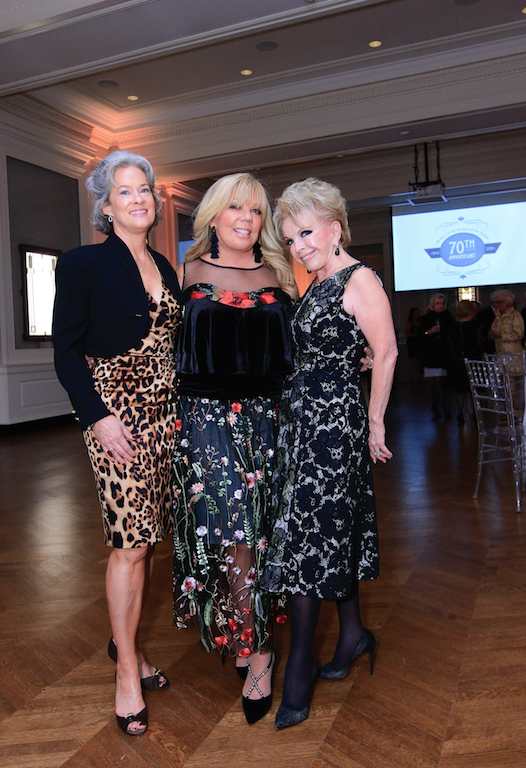
Event Co-chairs Melissa Babcock, Marci Holzer, and Sherrill Bodine.
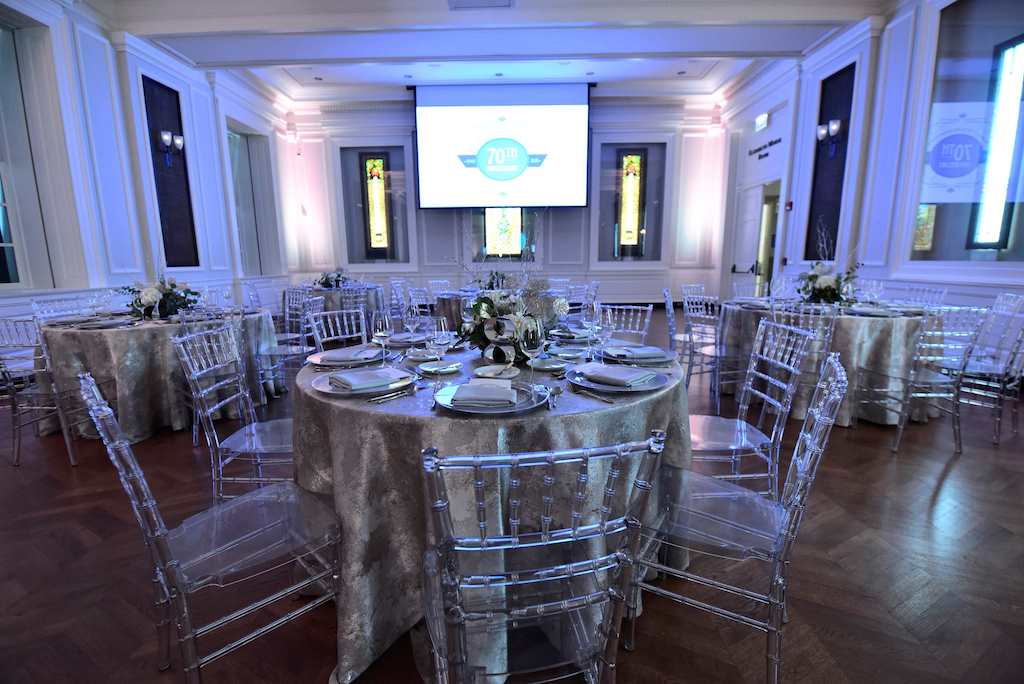
Elegant room setting, representing the 70th Platinum Anniversary.
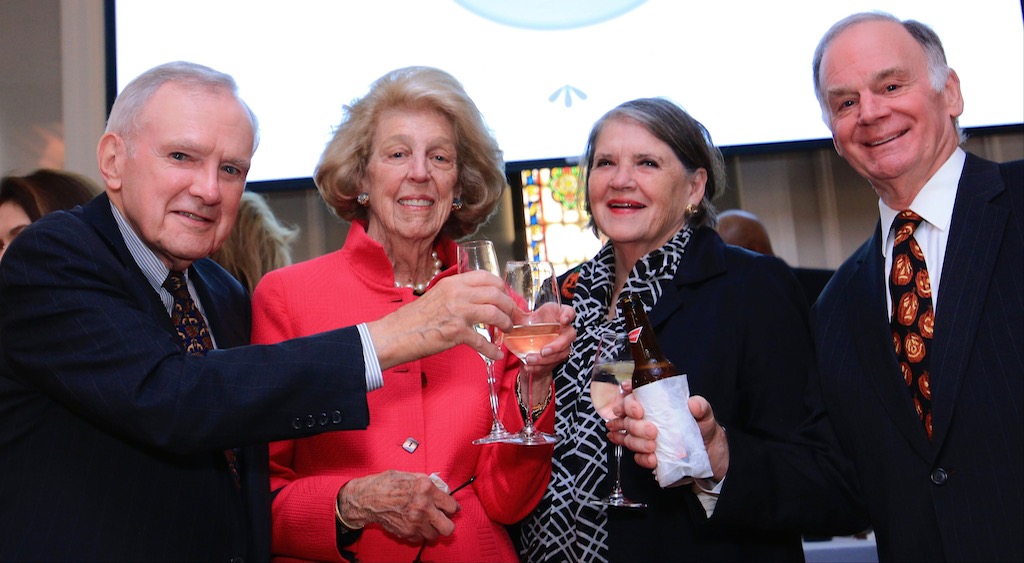
John Cartland, Nancy Robinson, and Karen and Tom Howell.
Nancy Robinson, Guild President from 2004 to 2006, remembered Gary Johnson’s appointment as president of the museum and the gala opening of the elegant Chicago Room where the anniversary party was held.
Current Guild President Kate Arias noted that her favorite program featured Chicago Tribune jazz critic Howard Reich’s talk on Chicago as a jazz incubator. But Kate has broad interests and was particularly impressed by one item in the exhibition: “The Wrigley Field clock is such an iconic piece of Chicago lore and known to Cubs fans far and wide . . . who would have thought it had its roots in streamlined design? Now I’ll always think back to this exhibition when I see the scoreboard and the beautiful number-free clock.”

Russell Lewis with Guild President Kate Arias and her husband, Gil.
When the Museum embraced the 40-year-old Chicago Metro History Fair, the Guild saw a new outlet for its educational energies. Guild volunteers serve as judges for area students’ essays, displays, and documentaries. Guild funds are supporting the Fair’s transition to a department of the museum. The goal of all Guild programs is to provide perspective, insight, and understanding of the Chicago stories that the museum tells through its wide-ranging activities and exhibitions. Today the Guild has spread its influence beyond the museum walls to help develop the historians of the future.
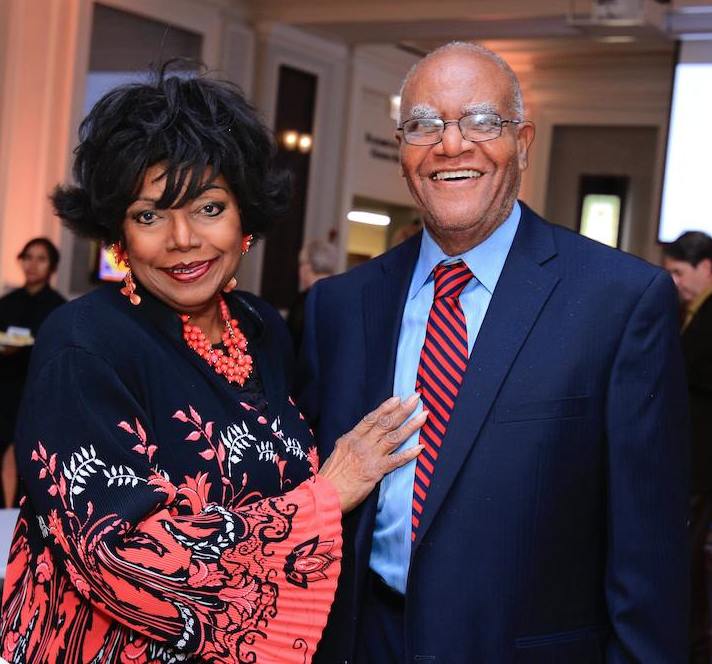
Van and Ernie Billups.

Joe and Judy Konen with Janet and Rodger Owen.
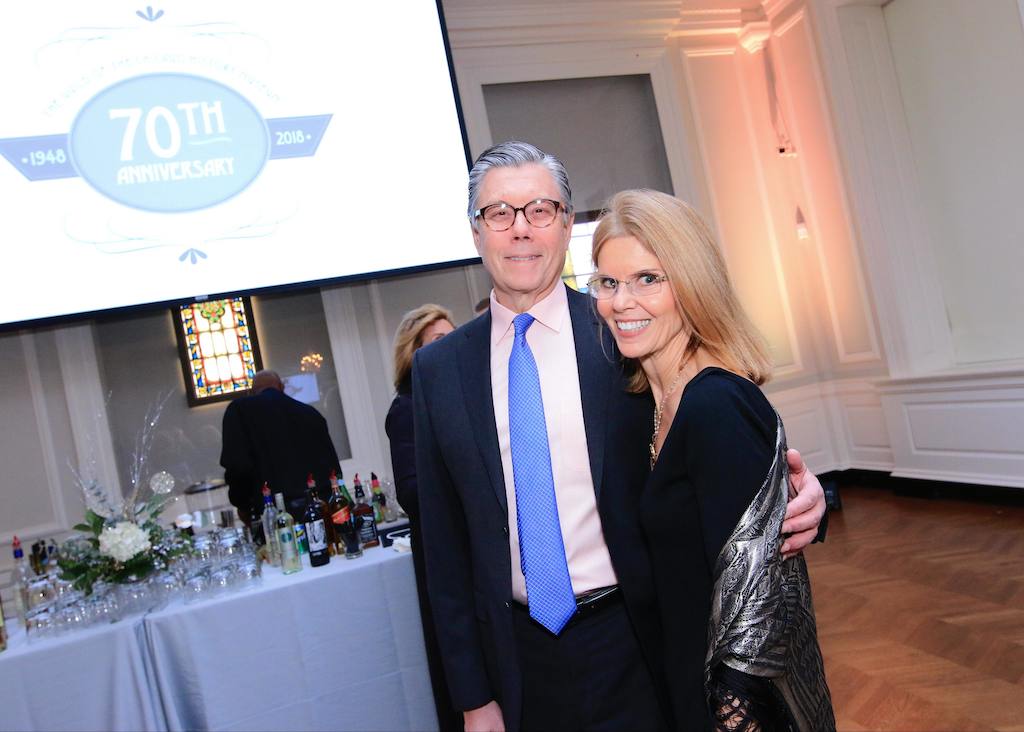
David Hamel and Erica Meyer.
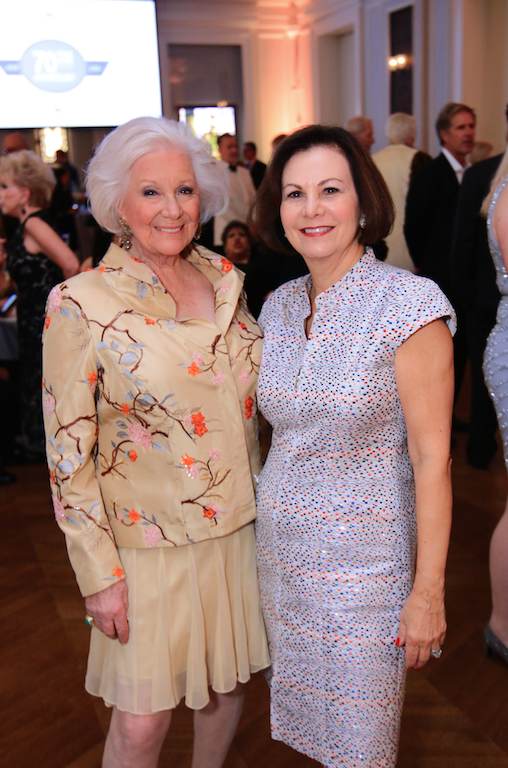
Lynda Silverman and Joan Sourapas.
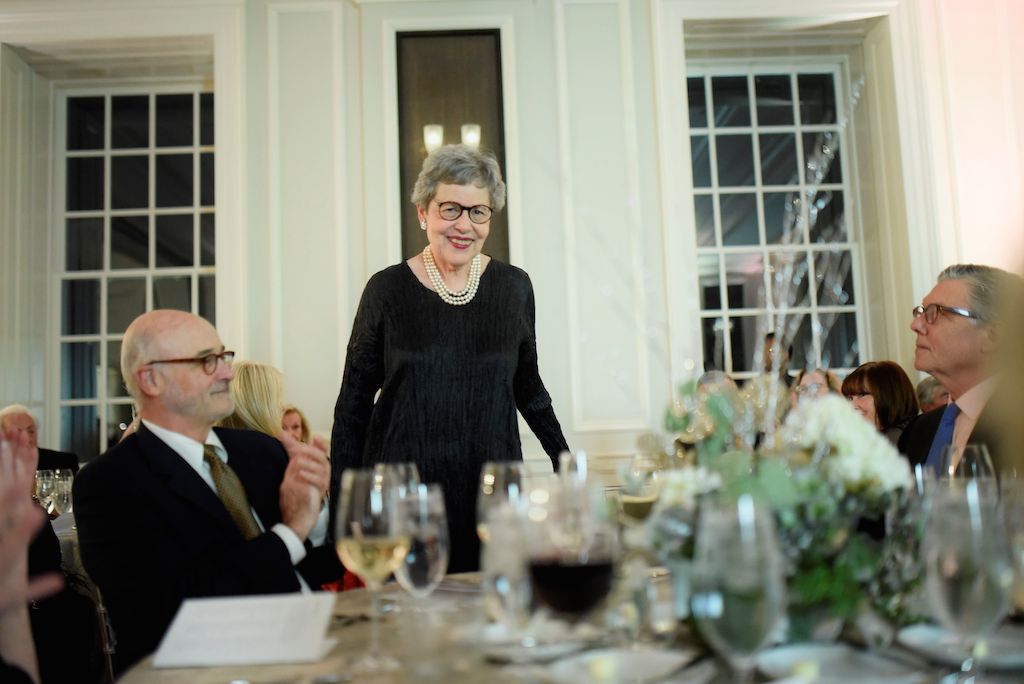
Lynn Orschel.
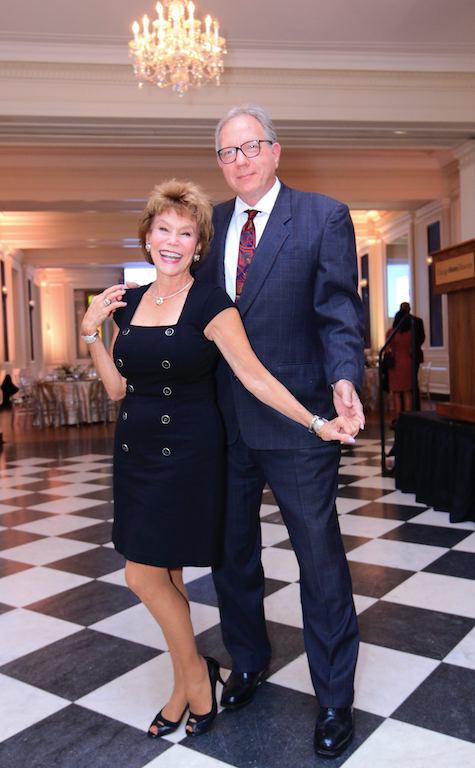
Betty Cittadine and David Lohti.
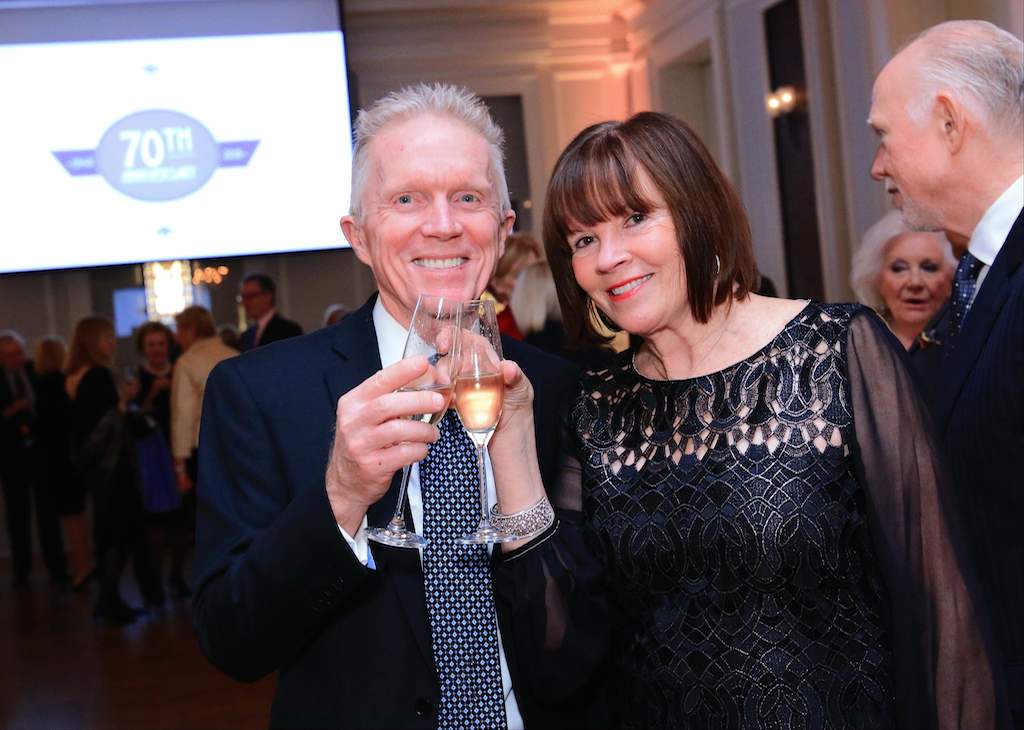
Rik and Joan Lewis.
Photo credit: Sean Su Photography



